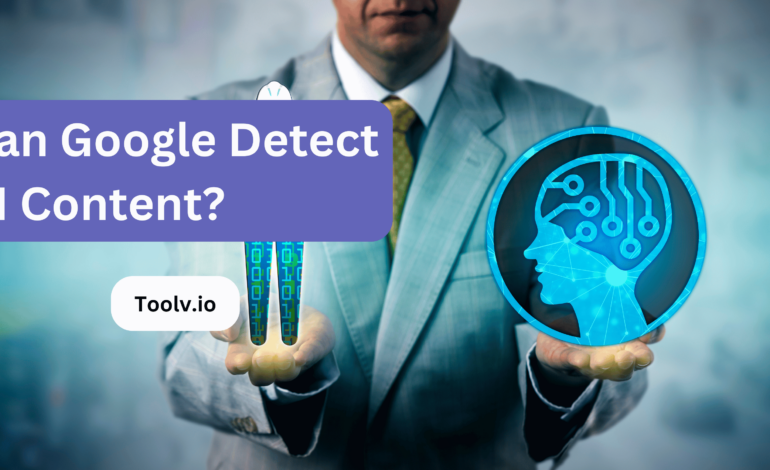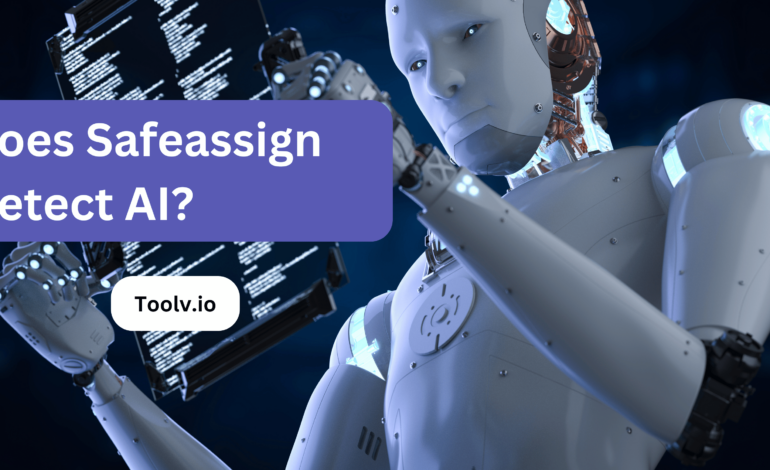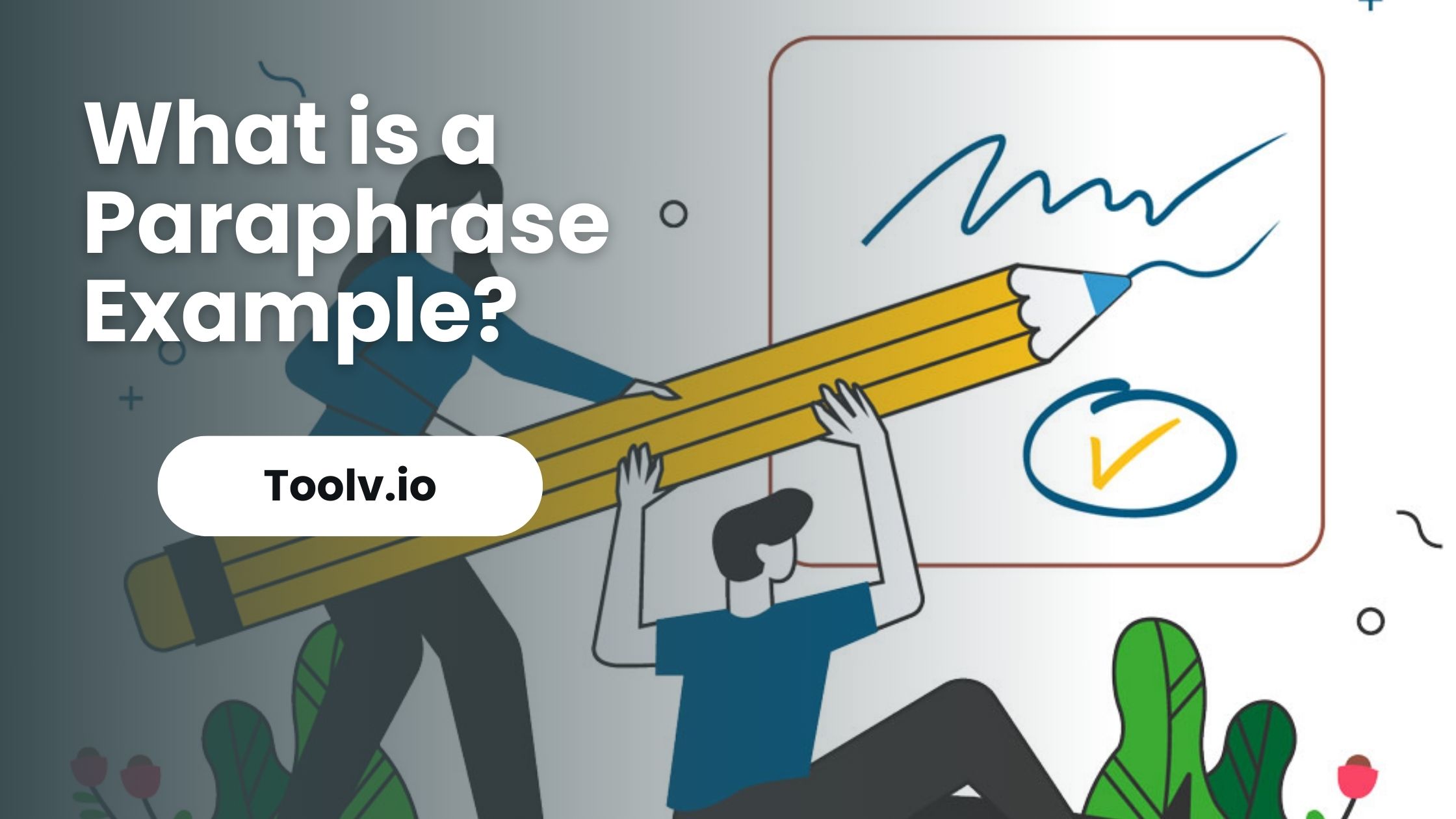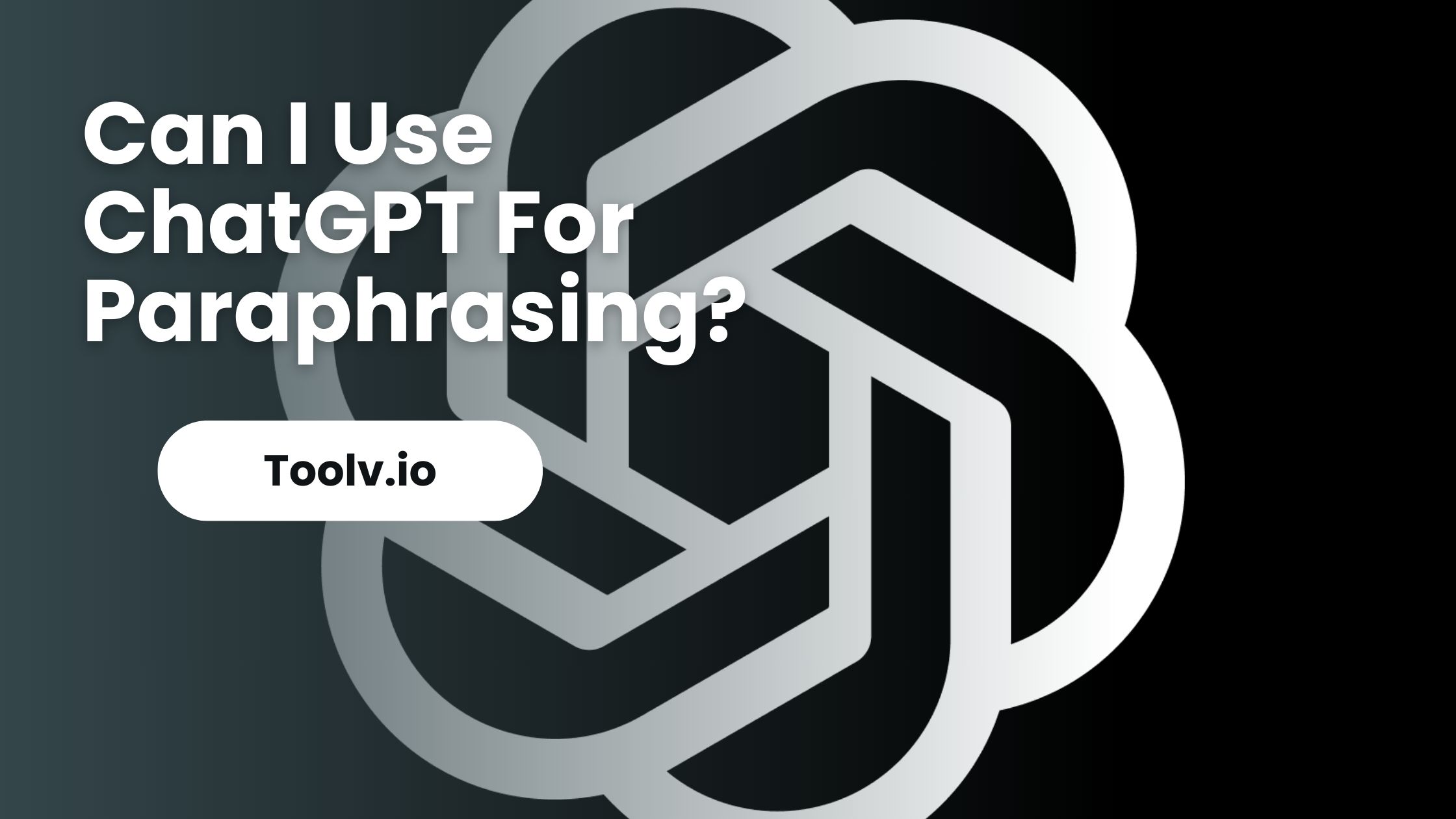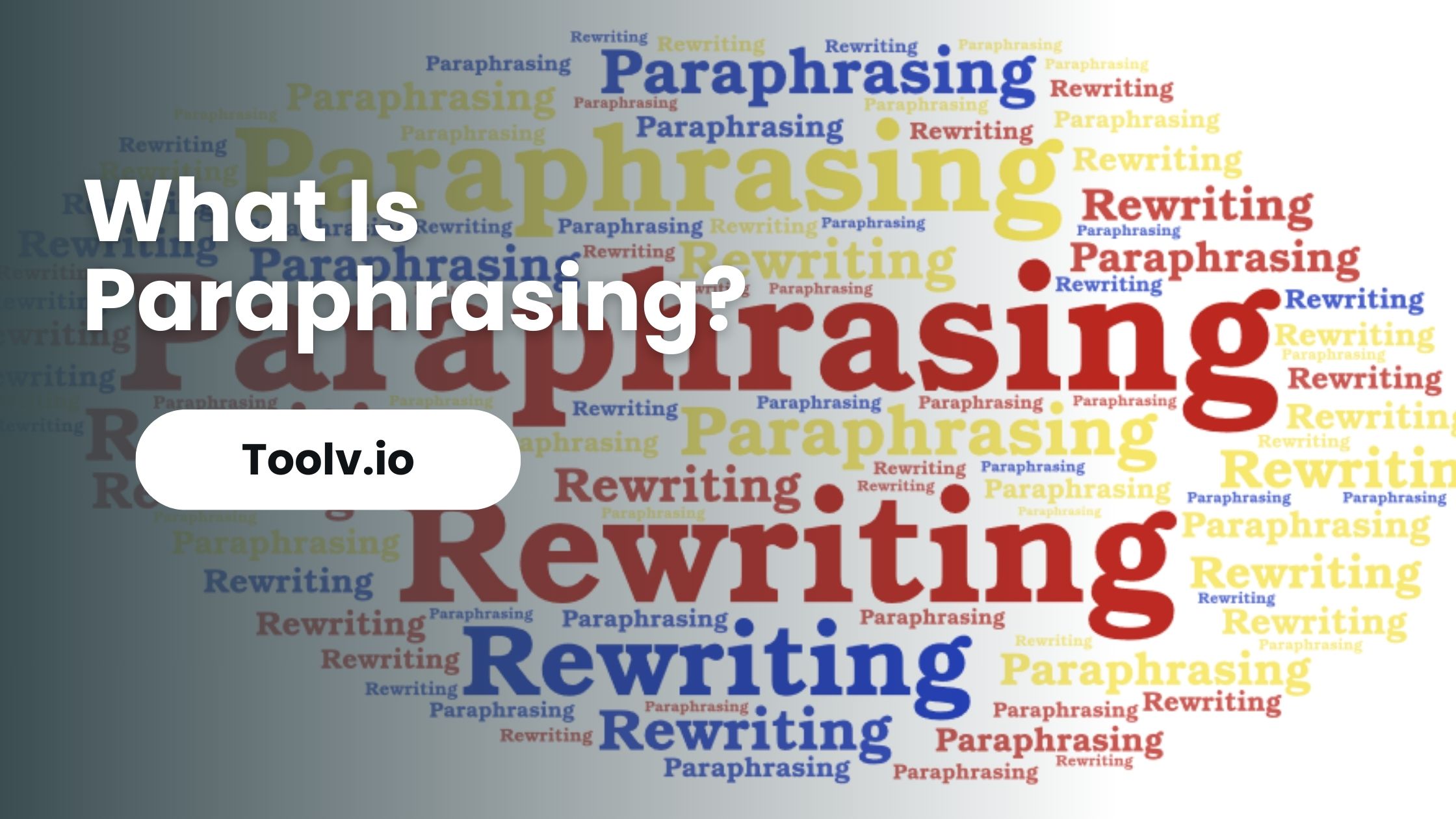How To Bypass AI Detection?
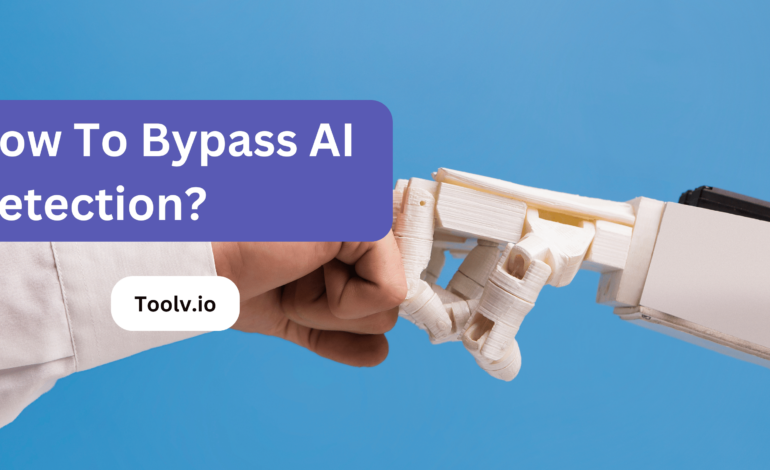
Bypassing AI detection is about tricking AI systems. These systems are made to spot certain things, like if a person is real or if an action is done by a bot. Sometimes, people find ways to make these systems think everything is okay, even when it’s not.
In this article, we will discuss different methods used to bypass AI detection, why people might want to do this, and what risks are involved. We’ll keep it simple and to the point, so you can understand the basics of bypassing AI detection.
Understanding AI Detection
AI Detection is like having a smart helper that uses computer technology to find certain things. In this case, it’s used in education.
Imagine you’re a teacher, and students submit their work online. AI Detection checks their work to see if there’s any cheating or copying going on. It’s like a digital detective.
It works by comparing what students submit with a big library of academic stuff. If it finds something similar, it says, “Hey, teacher, take a look at this!” It doesn’t decide if there’s a problem, but it helps the teacher check.
So, AI Detection in education is like having an extra pair of eyes to keep things fair and honest. It’s not perfect, but it’s a handy tool for teachers.
Why Bypass AI Detection?
Bypassing AI Detection in education might sound tempting to some students, but it’s not a good idea. Here’s why:
- Academic Integrity: First and foremost, bypassing AI Detection undermines the principle of academic integrity. Education is all about learning and demonstrating what you’ve learned honestly. Cheating or bypassing detection tools doesn’t help you learn or grow.
- Short-Term Gain, Long-Term Pain: Sure, you might get away with it once or twice, but it can lead to serious consequences down the road. If you’re caught, it can result in failing grades, academic penalties, or even expulsion. It’s just not worth the risk.
- Missed Learning Opportunities: When you cheat or bypass AI Detection, you’re missing out on the chance to actually learn and improve your skills. Education is about gaining knowledge, and cheating only hinders your own progress.
- Ethical Values: Cheating goes against ethical values like honesty, fairness, and integrity. These values are not only important in education but also in life. It’s better to develop a strong moral compass from the start.
- Skills Development: Education is not just about getting good grades; it’s about building skills and knowledge that will serve you in the future. Cheating doesn’t help you develop those skills, and it can leave you unprepared for real-world challenges.
Bypassing AI Detection might seem like a shortcut, but it ultimately harms your education, personal growth, and ethical values. It’s always better to do your best, learn honestly, and take pride in your achievements.
Preparing to Bypass AI Detection
Preparing to bypass AI detection means getting ready to trick AI systems. These systems are smart and can spot things that are not real or are trying to hide. People might try to do this to break rules or get into places they should not be.
To bypass AI, you need to know how it works. AI looks for patterns, like how you type or the pictures you use. If you know what the AI is looking for, you can try to change your patterns. This might help you avoid being spotted by the AI.
But remember, trying to trick AI systems can be risky. It’s often against the rules, and if you’re caught, there could be serious consequences. It’s important to think about why you want to bypass AI and if it’s worth the risk.
Strategies to Bypass AI Detection
Bypassing AI detection involves strategies to avoid being recognized or flagged by AI systems. It’s a tricky area and can be controversial. However, here are some general methods people might use:
Changing Patterns
AI systems often look for specific patterns or behaviors. By altering your actions or the data you provide, you might avoid triggering these detection systems. For instance, if an AI is trained to detect certain phrases or writing styles, using different language or restructuring your content could help.
Mimicking Accepted Behavior
Some people try to bypass AI by blending in. This means closely mimicking the behavior or content that the AI considers acceptable or normal. It’s like being a chameleon, changing your colors to match the environment.
Remember, while these strategies might offer insights into how AI detection works, using them can be ethically and legally questionable, especially if it’s for deceptive or harmful purposes.
It’s always best to use technology responsibly and within the boundaries of laws and community guidelines.
Is It Possible to Fool AI Detection Completely?
Attempting to fool AI Detection completely is not advisable, and it’s important to emphasize that such actions go against academic integrity and ethical principles.
While AI Detection systems are not infallible, they are designed to be robust and continually updated to detect various forms of academic misconduct. Here are some reasons why it’s not a good idea to try to fool AI Detection:
- Ethical Concerns: Trying to deceive AI Detection systems is unethical and goes against the principles of honesty and integrity in education. It’s essential to approach your academic work with integrity and a commitment to learning.
- Risk of Detection: AI Detection systems are becoming increasingly sophisticated. Even if you manage to fool them temporarily, there’s a significant risk of being caught eventually. Many educational institutions continuously improve their detection methods.
- Consequences: If you are caught attempting to bypass AI Detection, the consequences can be severe. You may face disciplinary actions, such as failing grades, academic probation, or even expulsion, depending on your institution’s policies.
- Missed Learning Opportunities: Cheating or trying to fool AI Detection deprives you of the chance to learn and develop valuable skills. Education is about personal growth and acquiring knowledge, not just about getting good grades.
- Long-Term Impact: Engaging in dishonest practices can have long-term consequences for your academic and professional reputation. It’s better to focus on genuine learning and academic success.
Instead of trying to fool AI Detection, it’s advisable to approach your academic work with integrity, put in the effort to learn and seek help or clarification from your instructors when needed. The academic success achieved honestly is not only more rewarding but also builds a foundation for future accomplishments.
FAQs
What is AI Detection?
AI detection, or Artificial Intelligence detection, is a technology that uses algorithms and machine learning to identify specific patterns, objects, or behaviors in data. It’s commonly used in various applications like image recognition, spam email filters, and security systems.
Why would someone want to bypass AI Detection?
People might want to bypass AI detection for various reasons. For instance, in online marketing, they may want to avoid spam filters to ensure their emails reach their audience. In other cases, users might want to bypass image recognition for privacy reasons or to test the robustness of AI systems.
Is it legal to bypass AI Detection?
Whether bypassing AI detection is legal or not depends on the specific context and the laws of your country. In some cases, it might be considered a violation of terms of service or even illegal, especially if it’s used for malicious purposes. It’s essential to understand the legal implications and consequences in your jurisdiction.
How can AI Detection be bypassed?
Bypassing AI detection typically involves finding vulnerabilities or weaknesses in the AI system’s algorithms. It might require experimenting with different inputs, obfuscating data, or using techniques like adversarial attacks.
Conclusion
Bypassing AI detection is about subtly changing text so it seems original. You need to tweak words without losing meaning. Toolv.io helps with this. It’s a paraphrasing tool that makes your text look new.
It’s good for avoiding AI that checks for copied content. Just remember, it’s not just about avoiding detection. It’s about creating quality content that’s useful and meaningful.

